As preppers, we take various precautionary measures to ensure our plans address nearly all aspects of personal security. While we cannot predict the future or foresee exactly how a given scenario will unfold, we can make sure that every potential security risk on our side is covered.
One of the first things I did when creating my prepping priority list was to assess the threats in my living and working areas. This helped me identify any potential dangers that could affect my prepping plans, whether I’m hunkering down or forced to evacuate.
Having lived abroad for almost a year now, I applied the same approach to my current location, preparing in case something happens and I need to get out quickly. In today’s article, I will offer some insights on how anyone can identify threats in their living area and hopefully, once these threats are identified, they will prepare for them accordingly.
Threats are everywhere
I’ve spoken with many people about prepping, and when discussing this topic, a lot of folks have asked me, “What makes a threat a threat?” From my perspective, a threat in a particular area must include the following key elements:
- It contains resources valuable to certain individuals (which I’ll cover shortly).
- It has a higher social density.
- It holds strategic importance.
And as you might expect, at the center of it all, is the most unpredictable threat of all, the human element. Now let’s get more in depth with our analysis and provide some examples for each threat based on its particularities.
I also advise you to get a map of your region after you finish reading and circle the areas you identify as possible threats for your and your loved ones.
Places with valuable resources
As preppers, our most valuable resources are food, water, and perhaps some gear we don’t already own. However, for others, monetary wealth may be more important than these basic survival needs. This tendency arises because humans are often driven by greed and may lack long-term planning, given how we live in a society that provides everything we need around the clock.
When a disaster occurs, whether natural or man-made, some people will focus on acquiring goods that are otherwise inaccessible during normal times. This is why stores are often looted first, with electronics and clothing items disappearing quickly. For instance, recent footage from the UK showed people looting a beauty store for handcrafted soaps and beauty products—clearly, priorities can be quite skewed.
In this context, if you have a bank nearby, you should consider it a dangerous area. The same applies to shops, especially high-end ones, liquor stores, and pharmacies. These places offer valuable resources and high-end goods, which are likely to be targeted first.
As the crisis continues and people realize the situation is worse than initially thought, they will begin to target other locations. Eventually, people will understand that they cannot eat brand-name sneakers or a new iPhone. At that point, grocery stores will be ransacked, followed by general and big-box stores.
Any location that offers something people need will be targeted by the unprepared. Additionally, crises create high demand for specific products. For example, during a blackout, generators, batteries, and other sources of electricity will be in high demand. During a gas shortage, gas stations will be packed with people desperate for fuel, and frustration may lead to conflict.
In summary, if a location in your area offers something of value, you should mark it as a potential threat. By mapping out these dangerous zones, you can better avoid them when the situation deteriorates.
Places with a high population density
These places are typically found in city centers, where there are many pubs, restaurants, concert halls, or stadiums. These are areas where large groups of people gather for entertainment. When such activities are abruptly interrupted, such as by an evacuation order, rioting can quickly follow.
It is also worth noting that office areas should be marked as potential threats. The high density of people in these areas makes survival challenging for those trying to flee to safety. Accidents are more likely in the chaos and panic of a disaster. While office workers might not seem like a threat under normal circumstances, in the event of a disaster involving casualties, such as a terrorist attack, everyone will fight for their lives, and you may find yourself caught in the middle.
If there are places in your area where large numbers of people congregate, you should consider them potential threats and avoid them if possible. Many people say, “I don’t go to places where a lot of people gather,” which is a sensible approach to minimize security risks and I usually do the same. However, it’s not always possible to avoid such places, no matter how hard you try—perhaps your child has a school play or your spouse works in an office building. You never know where life will take you, so maintaining situational awareness is crucial.
Places of strategic importance
While the places I mentioned earlier, such as pubs, might be of importance to the average person, the primary focus here should be on locations of strategic importance to government agencies. Examples include nuclear facilities, electrical substations, and water treatment plants—these are all high-value sites for our governing authorities.
When a major crisis occurs, you don’t want to be near these facilities. They could be targeted by individuals with malicious intent (consider the potential consequences of an attack on a nuclear power plant) or heavily guarded by government forces, which might mistake you for a threat.
This category should also include evacuation routes, meeting points, and major roads that could become congested. Some of these routes may pass near your home, and if the situation deteriorates, you might find a lot of people heading your way. You can imagine how this could unfold.
You identified a lot of threats in your area, now what?
Unless you live in a small, isolated town, your map is likely filled with quite a few red circles marking dangerous locations. Now that you’ve identified these potential threats, what should you do next?
The answer is straightforward: you should plan to avoid or safely manage any interactions with these places and the people around them. This means that if you have information about something that is about to happen, or has already occurred near these areas, you should avoid them at all costs.
If you have loved ones who frequent these places for work, study, shopping, or other reasons, you should establish plans to help them reach a safe meeting spot or return home safely. This includes preparing a “get-home” bag, planning alternative means of transportation, and mapping out alternative routes. Additionally, I believe first aid training should be mandatory for every concerned citizen, as it not only enables you to care for yourself but also to save lives during times of crisis.
Another essential step is to conduct a risk assessment for the identified threats and rate each location based on the risk it poses. For example, I rate banks, high-end stores, liquor stores, and pharmacies as high-risk locations. On the other hand, pubs and restaurants receive a lower risk rating because they are far from my living and working areas. In my situation, the business and office district poses a higher risk because it’s close to where I work and would likely become chaotic during a natural disaster like an earthquake or a man-made event like a terrorist attack. In such cases, I would be directly affected.
The key point here is that you need to conduct your own assessment and identify the highest risks specific to you and your loved ones. For instance, if you have a liquor store or gas station nearby, you should be prepared for the possibility of “new neighbors” showing up when those goods are in high demand.
A close friend of mine moved to Europe after selling his business and everything he owned in the States. He now lives in a peaceful town in a mountainous area and has stockpiled supplies to last for months if needed. During my last visit, he drove us around, and I noticed a gated facility with offices and living quarters a few miles from the town. When I asked him about it, he explained that it’s a medical research facility working with Pfizer and other similar companies. That immediately raised a red flag for me, and I’ll let you imagine why.
A last word
No matter where you live, there are certain threats you need to be aware of, and you should have a plan for how to deal with dangerous areas if chaos erupts. You might choose to keep a low profile and stay inside, or you may decide to evacuate. Start by assessing how safe your area is, and plan accordingly. You’ll be glad you did when the unprepared masses don’t cross paths with you and your loved ones.
I hope you enjoyed reading the article. If you have questions or comments, don’t hesitate to use the dedicated section below. Good luck, have fun folks!


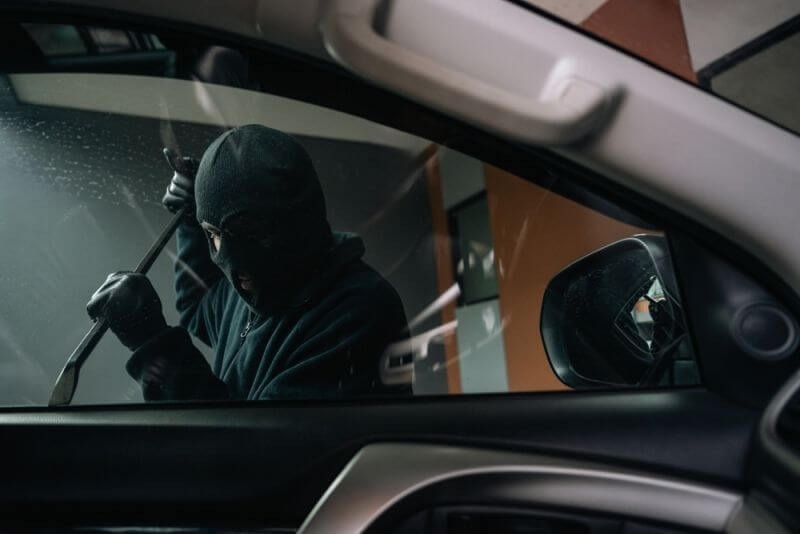
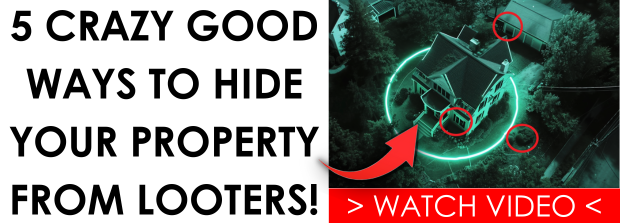
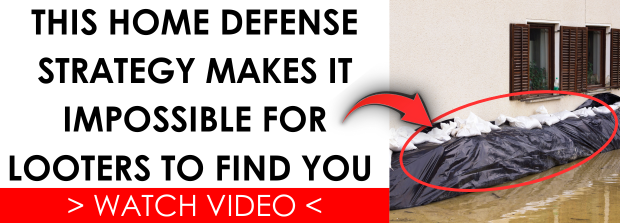
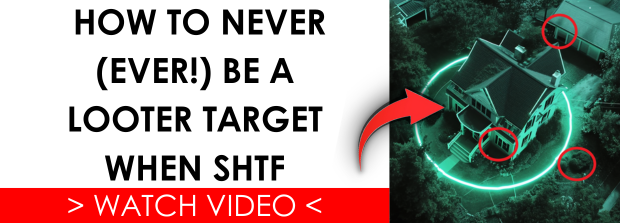

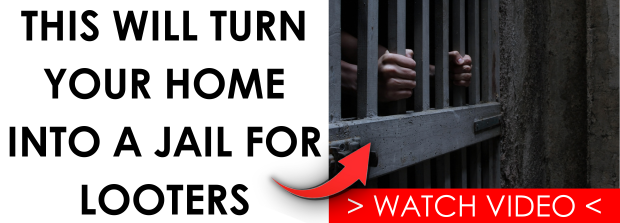
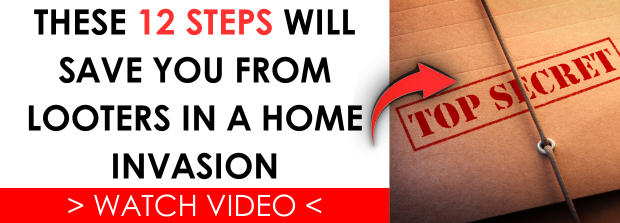





David Mull | October 22, 2024
|
Good information! All these things should be bought before if possible so you won’t be needing to go out to get anything! One other important thing to remember is…on your own property!
Where are your vulnerabilities at home? I live in a small town but I am still in town! When the zombie biker gangs have depleted resources in the city; they will be coming my way! I need to know every nook and cranny so I will know where they might lie in wait or excuse me… lie in wait for them! Just look around and plan our scenarios that may turn into realities!
Best of luck and may we soon come to sanity and restore the unity we once had as a nation!
radar | November 8, 2024
|
Great comments, Bob and David. I will add a plug for Selco, who survived with many relatives during the Balkan War. He describes the artillery siege. One basis of his surivaval may have been living (backyard adjacent) to a park area that I am presuming would be similar to a mostly treeless “killing field” (meaning few shooting obstacles). But another part he mentions is letting his lawn grass and weeds grow. Another part he mentions is creating a not-noticable “crawl out of his house” one-way trap door that enabled him to “shimmy worm-crawl out of his house, then along hedges, etc. to go out and trade for things they needed; and then to get back home again. I bought several Selco e-books and do not recall which ebook this information was in, but I believe it was his first one.
So hiding is one thing; but if you need to escape your principle dwelling it will be hard to walk out doors if all doors are being monitored; and it cvan take time and be noisy to try to depart by window. Others have talked about creating covered crawl paths to get away from one’s house; and I would add especially when you see “them” coming and dragging off your neighbors. This is part of the reason why it can be smart to bury/hide (seasonal gear and bagged supplies at the best places to leave your property.